An accident, injury or illness — it’s every parent’s nightmare, yet we know they are inevitable. Each year, thousands of children experience some kind of injury from a home accident. The best we can do is to plan and prepare to protect our children, but some parents — especially those whose child has special needs — have to go the extra mile.
When your child is diagnosed with autism spectrum disorder (ASD), keeping your child safe at home and at school can be very complex. With these tips, you can break the basics down into simple steps so you prioritize safety with less stress and worry.
My Child with Autism Wanders Off
Few things can parallel the sheer terror of not knowing where your child is. Sadly, this feeling is all too common for many parents of children with ASD. Wandering most often occurs after the age of 4 and can lead to accidental injury (or worse). To keep your child safe, take the following steps:
- Learn how to recognize events that trigger wandering. Some children walk toward something that interests them, while others meander away from things that frighten them.
- Make sure the locks on your child’s classroom windows are out of their reach, and talk to their teacher to ensure your child doesn’t make any transitions without supervision.
- Have your child wear an ID bracelet if they are nonverbal; if they wander, anyone who finds them will know your child’s name and a contact phone number. For those who wander frequently, wearing a GPS device can help you find them quickly.
My Child with Autism Is Sensitive to Odors and Pollutants
Children on the autism spectrum are often more sensitive to touch, sound, sight, and smell. Some sensations set them off, others calm them down, and some, like the air quality in your home, can do both. So, manage the quality of your air to keep your child safe with these steps:
- Change the air filter in your HVAC system every two to three months. Dirty air filters can spread mold and bacteria throughout the house.
- Use an air purifier in each room to help eliminate strong smells that might stimulate or agitate your child. Air pollutants can cause or aggravate asthma, a disorder that is caused by an inflammation in the airways. Studies show that children with autism have a higher risk for inflammation, making clean air an important part of their environment.
My Child with Autism Is Easily Overstimulated
Sensory overload can happen anywhere and at any time. Adults caring for a child with ASD need to have strategies to help them feel calm and safe. These actions will help you protect your child:
- Securely fasten home and classroom furniture to the walls, especially those that could easily tip or fall over on a child.
- Talk to your child’s teacher and principal about responsible restrainment techniques that align with the strategies you use at home.
- Create a low-stimulus environment where your child can self-soothe during a heightened emotional situation. At home, their bedroom should be painted with light, neutral colors and have soft bedding. At school, their teacher should take care to keep the areas your child frequents free from clutter, loud noises, and other stimuli.
It’s up to parents to be vigilant and proactive about the specific needs of their child with ASD. No strategy will be perfect all the time, and accidents will happen. However, if you plan and prepare, you can reduce your little one’s risk of harm.
Photo via Pexels
